From Seed to Sprout: Understanding the Life Cycle of Plants
The life cycle of plants is a fascinating journey that provides not only sustenance and beauty to our world but also a crucial ecological foundation for life on Earth. From the moment a seed is deposited into the soil to the emergence of a full-grown plant, each phase of the life cycle has its unique characteristics and processes. Understanding these stages not only enhances our appreciation for nature but also equips us with knowledge to nurture our gardens and ecosystems.
Stage 1: Seed Formation
Every plant’s journey begins with a seed. Seeds come in various shapes, sizes, and forms, depending on the plant species. They are the product of reproduction, often formed through pollination, where pollen from male structures (anthers) fertilizes the ovules in female structures (ovaries). This fertilization leads to the formation of seeds that contain the embryo and a nutrient-rich endosperm, encapsulated within a protective coat.
Seeds can remain dormant for a long period, surviving harsh environmental conditions until the right conditions for germination arise—warmth, moisture, and sometimes light. This incredible adaptation allows seeds to spread and populate a wider area.
Stage 2: Germination
Germination is a critical phase in the life cycle of plants, where the dormant seed begins to awaken to life. The seed absorbs water through its seed coat, causing it to swell and break open. This process often requires specific environmental triggers, such as temperature and moisture levels.
Once germination begins, the young plant (or seedling) develops its primary root (the radicle) and shoots upward, seeking light. This phase is marked by rapid growth and sets the foundation for the plant’s future. Successful germination depends on factors like soil quality, moisture, and temperature, making it a delicate yet vital stage.
Stage 3: Seedling Development
As the seedling emerges from the soil, it enters the next phase of its lifecycle—seedling development. During this stage, the plant begins to grow leaves, which are essential for photosynthesis, the process by which plants convert sunlight into energy. The formation of true leaves distinguishes the seedling from its earlier, simpler structures.
At this point, the plant is still vulnerable and requires specific conditions to thrive: adequate light, water, and nutrients from the soil. During the seedling stage, the root system also expands, anchoring the plant securely and allowing it to absorb more nutrients and water.
Stage 4: Vegetative Growth
As the plant matures, it enters the vegetative growth stage. This phase is characterized by extensive growth in stems, leaves, and root systems. The plant’s ability to photosynthesize improves, amplifying its energy production and overall size.
In many cases, this phase can last several weeks to months, depending on the species and environmental conditions. During vegetative growth, plants may also undergo a process called phototropism, where they bend towards light sources to maximize their capture of sunlight. Proper care during this stage, including pruning and fertilizing, can encourage healthy growth and maximize yields for cultivated plants.
Stage 5: Reproductive Phase
After reaching maturity, plants transition into the reproductive phase of their life cycle. This flowering stage is crucial; it involves producing flowers, fruits, and seeds. Pollination occurs, often with the assistance of wind, insects, or water, facilitating the fertilization process. Once fertilization is successful, the ovary develops into fruit, which houses the seeds.
This is the culmination of the plant’s life cycle, designed for reproduction and the continuation of the species. Various strategies exist among plants for attracting pollinators—bright colors, fragrances, and nectar are all effective means of ensuring reproduction.
Stage 6: Seed Dispersal and Dormancy
Once seeds mature, the plant will disperse them to ensure the next generation can begin its life cycle. Plants have developed various mechanisms for seed dispersal, such as wind (dandelions), water (coconuts), and animals (berries and nuts).
Once dispersed, seeds may enter another dormant phase, awaiting the right environmental conditions to germinate. This cyclical process is essential for the ecology of ecosystems, as it allows for the proliferation of plant life across diverse habitats.
Conclusion
Understanding the life cycle of plants—from seed to sprout and beyond—offers invaluable insights into the complexity and interdependence of life on Earth. Each phase, from germination and seedling development to flowering and seed dispersal, plays a pivotal role in sustaining ecosystems and providing resources for a multitude of organisms, including humans.
By respecting and nurturing the life cycles of plants, we can foster a deeper connection to nature and contribute to the health of our planet. Whether you’re tending a garden, exploring a forest, or simply appreciating the greenery around you, take a moment to marvel at the astonishing journey of plants—from seed to sprout.
For further reading on the intricacies of plant life cycles, you can refer to the comprehensive resources available at [modern_footnote_source_link].

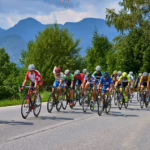

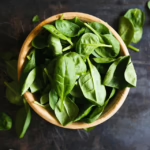











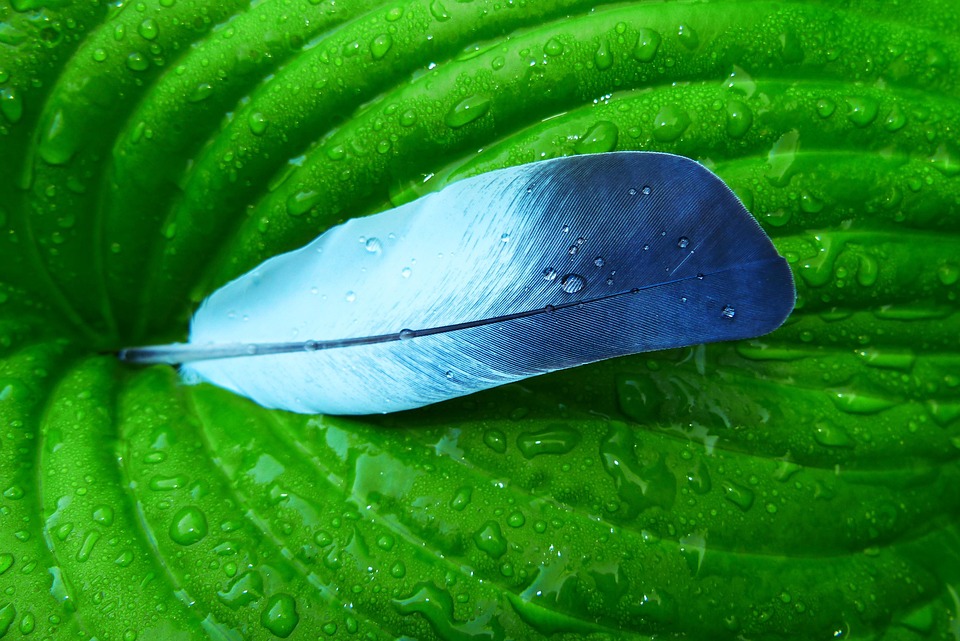
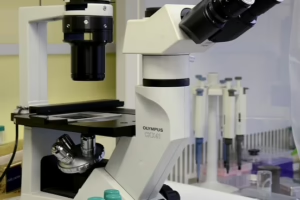

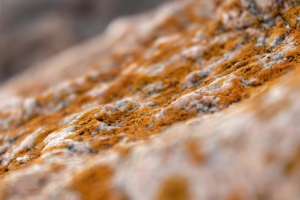
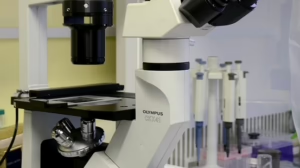

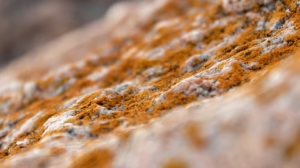




Add Comment